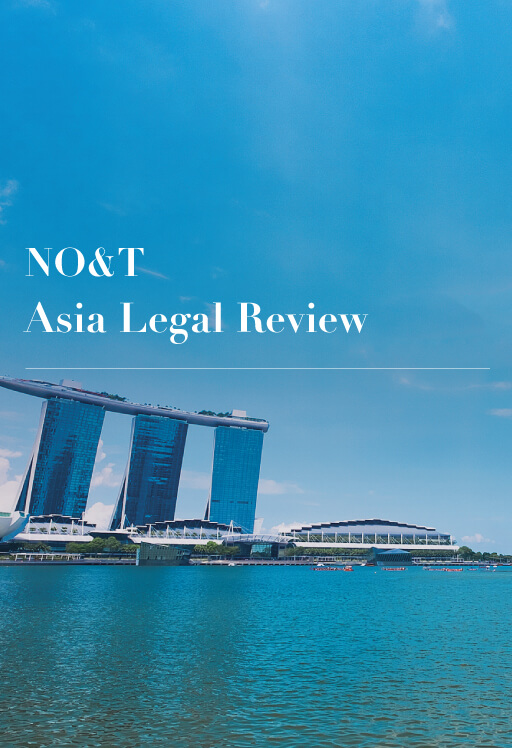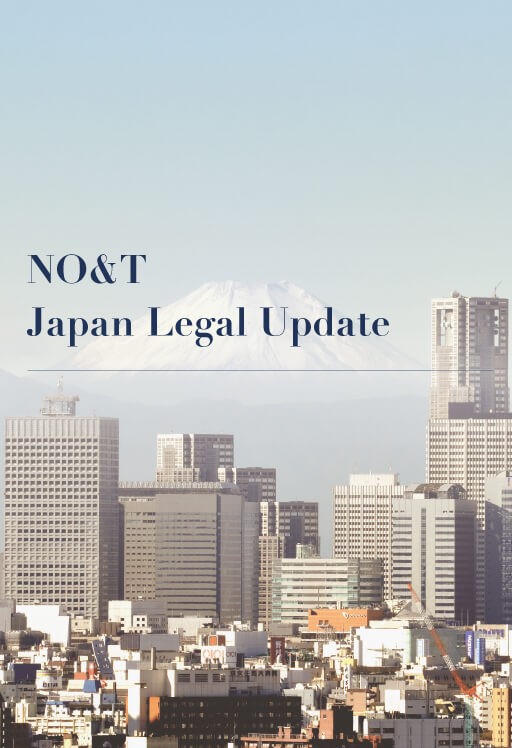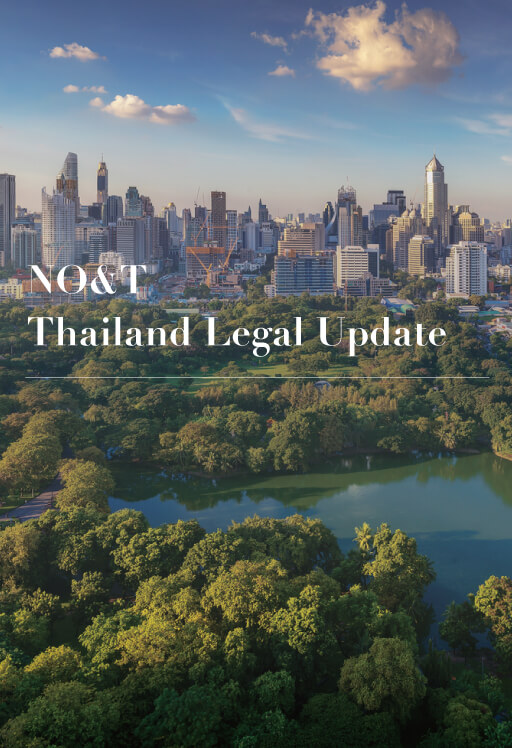
NO&T Asia Legal Review
In around 2017, the Communist Party of Vietnam considered that the organizational structure of the central Government and the local authorities is problematic. The powers and authority of governmental agencies had been overlapping, resulting in their operation being inefficient and inappropriate for the development of Vietnam. On this basis, under its Resolution 18-NQ/TW dated 25 October 2017, the Central Committee of the Communist Party directed the relevant authorities to conduct thorough research and take appropriate steps to implement necessary reforms, as soon as possible. The reform process started in late 2024 and the Ministry of Internal Affairs had been assigned to take the leading role in the re-organization process and as the result, certain changes to the structure of the Government of Vietnam took place during February 2025 and came into effect from March 1, 2025.
On 18 February 2025, the National Assembly passed the Law on Government Organization No. 63/2025/QH15 which is the basis for re-organization of the central Government. On the same day, it also passed Resolution 176/2025/QH15 on the structure of Government of Vietnam which comprises 14 ministries (reduced from 18) and 3 ministerial equivalent agencies (reduced from 4) and Resolution 177/2025/QH15 on 18 February 2025 regarding members of the Government. In particular, the following ministries have been established by consolidating some of the previous ministries:
Other ministries such as Ministry of Defense and Ministry of Public Security remain (though functions of certain unchanged ministries were amended).
In addition, departments under ministries were also restructured. For example, under the Ministry of Finance, the General Department of Taxation now has 12 divisions and 20 regional tax departments (instead of 63 provincial tax departments※1), and the General Department of Customs now has 12 divisions and 20 regional customs departments (previously, there were 35 regional customs departments).
Given the changes to the ministerial agencies, in late February 2025, new departments in 63 provinces and equivalent cities※2 were established resulting from the consolidation of certain ministries and they started their operation from March 1, 2025. For example, the new Department of Finance and new Department of Natural Resources and Environment※3 of Ho Chi Minh City were established on 20 February 2025. The new Ministry of Finance also issued decisions on the establishment of relevant regional tax departments and regional customs departments.
At this moment, while we have seen a certain delay in issuance of a few types of business licenses and completion of certain administrative procedures, the re-organization does not seem to have caused negative impact on major licensing procedures regarding M&A and real estate investment transactions so far. Although the current authorities may have new names, they basically are operating in accordance with the current procedures※4.
On 12 April 2025, the Central Committee of the Communist Party issued Resolution 60-NQ/TW to decide certain issues on reorganization of local authorities. Accordingly, the number of provinces will be reduced from 63 to 34 by consolidation of certain provinces (e.g. while Hanoi City is unchanged, the new Ho Chi Minh City will be the consolidation of Ho Chi Minh City, Binh Duong and Ba Ria Vung Tau Provinces). In addition, the authorities at the district level will be removed※5 and the number of authorities at ward level will be reduced by 60%-70%. The reorganization of local authorities is expected to be implemented in July and August 2025. At that time, there is a possibility that there may be some delays and amendments in licensing matters and administrative procedures during the transitional period due to the change to geographical areas, the personnel in relevant authorities as well as the inconsistency among laws. It is expected that the Government will consider appropriate actions to mitigate the impact of the reorganization of local authorities on the licensing and administrative procedures and provide necessary support to investors during the transitional period.
*1
Vietnam currently has 63 provinces and will be reduced to 34 provinces and equivalent cities as further discussed below.
*2
It is planed that the number of provinces will be significantly reduced after the re-organization is completed.
*3
Ho Chi Minh City does not use the name of Department of Agricultural and Environment as the People’s Council of Ho Chi Minh City believed that the current name (i.e. Department of Natural Resources and Environment) will avoid amending prescribed administrative forms as much as possible.
*4
It should be noted that the current operation of newly established authorities seems inconsistent with the law as the relevant laws have not been updated to reflect the results of the recent reorganization. For example, under the Law on Enterprise 2020 and Law on Investment 2020, the competent authority of certain procedures is the Ministry of Planning and Investment (but not the Ministry of Finance) and therefore, the Ministry of Finance which was recently established should not have authority on foreign investment procedures while the Ministry of Planning and Investment ceased to exist.
*5
The local authorities are currently organized in three levels, i.e. provincial, district and ward/commune level.
This newsletter is given as general information for reference purposes only and therefore does not constitute our firm’s legal advice. Any opinion stated in this newsletter is a personal view of the author(s) and not our firm’s official view. For any specific matter or legal issue, please do not rely on this newsletter but make sure to consult a legal adviser. We would be delighted to answer your questions, if any.


Patricia O. Ko


Yuan Yao Lee


Yusei Uji


Shunsuke Minowa, Poonyisa Sornchangwat (Co-author)


Patricia O. Ko


Yuan Yao Lee


Yusei Uji


Shunsuke Minowa, Poonyisa Sornchangwat (Co-author)


Supasit Boonsanong, Thananya Pholchaniko, Phareeya Yongpanich (Co-author)


Patricia O. Ko


Claire Chong, Nozomi Kato (Co-author)


Yuan Yao Lee


Supasit Boonsanong, Thananya Pholchaniko, Phareeya Yongpanich (Co-author)


Patricia O. Ko


Claire Chong, Nozomi Kato (Co-author)


Yuan Yao Lee


Hoai Truong


Ngoc Hoang


Long Nguyen


Nga Tran